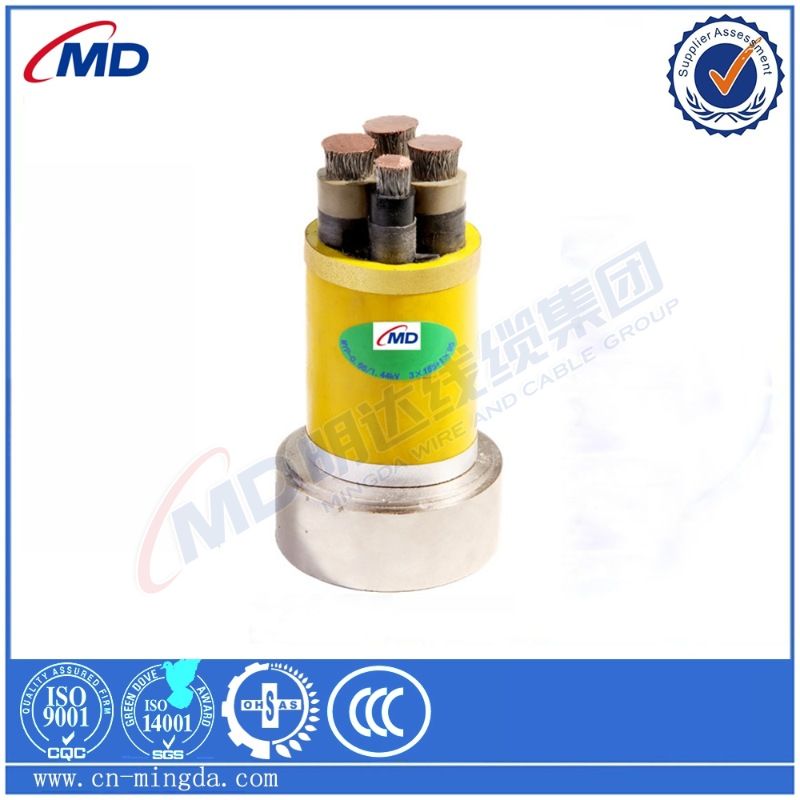10 月 . 10, 2024 22:59 Back to list
High-Quality Stainless Steel Ball Valve for Reliable Fluid Control Solutions
Understanding Stainless Steel Ball Valves A Comprehensive Overview
Stainless steel ball valves are a critical component in various industrial systems, known for their reliability, durability, and superior performance. These valves are used to control the flow of liquids, gases, and slurries, making them essential in multiple applications, from water treatment plants to chemical processing facilities. In this article, we will explore the features, benefits, types, and applications of stainless steel ball valves, providing a thorough understanding of why they are a popular choice among engineers and facility managers.
What is a Stainless Steel Ball Valve?
A stainless steel ball valve is a type of quarter-turn valve that utilizes a hollow, perforated, and pivoting ball to control fluid flow. When the valve is open, the ball is rotated such that the hole aligns with the flow, allowing media to pass through. Conversely, when the valve is closed, the ball is turned, blocking the flow entirely. The simple yet effective design of the ball valve makes it ideal for many demanding applications.
Features and Benefits
1. Durability and Corrosion Resistance Stainless steel is renowned for its exceptional corrosion resistance, making it ideal for environments exposed to moisture, chemicals, and high temperatures. The durability of stainless steel ball valves ensures longevity and minimizes maintenance requirements, leading to cost savings over time.
2. Flow Control With a 90-degree rotation, ball valves provide quick and efficient flow control. They can be easily opened or closed with minimal effort, which is crucial in emergency situations or for processes that require precise control.
3. Low Torque Requirements Stainless steel ball valves typically require less torque to operate compared to other valve types, making them easier to handle and ideal for automation applications. This feature reduces wear on the valve and associated equipment, thereby enhancing reliability.
4. Tight Sealing The ball and seat design provides an excellent seal, reducing the risk of leaks. This characteristic is particularly important in systems that transport hazardous fluids or gases.
5. Versatility Stainless steel ball valves are available in various configurations, such as two-way, three-way, and multi-port designs. This versatility allows them to be integrated into a myriad of configurations and applications.
stainless steel ball valve

Types of Stainless Steel Ball Valves
1. Floating Ball Valve In a floating ball valve, the ball is not fixed and floats to create a seal against the downstream seat as pressure is applied. This design is suitable for applications with lower pressure and is widely used in water and gas pipelines.
2. Trunnion Ball Valve In this design, the ball is anchored by trunnions above and below, allowing for greater stability and control over higher pressure applications. Trunnion ball valves are commonly used in oil and gas industries due to their ability to handle large volumes and high pressure.
3. V-Port Ball Valve A V-port ball valve features a V-shaped notch on the ball, which allows for throttling capabilities. This design is perfect for applications requiring flow modulation rather than full on/off control.
Applications
Stainless steel ball valves find applications in various fields due to their robust characteristics. Some common applications include
- Oil and Gas Industry Used for pipeline control and as shut-off valves in exploration and production settings. - Water Treatment Employed in filtration systems and as isolation valves to manage water flow effectively. - Chemical Processing Utilized in the transportation of corrosive chemicals, requiring materials that can withstand harsh environments. - Food and Beverage Designed with sanitary specifications, stainless steel ball valves are used to ensure food safety and compliance with regulations. - HVAC Systems Employed for flow control in heating, ventilation, and air conditioning systems.
Conclusion
In summary, stainless steel ball valves are a vital component in many industrial systems, providing efficient flow control with durability and reliability. Their corrosion resistance, low maintenance requirements, and versatility make them an ideal choice for a wide range of applications, from oil and gas to food processing. As industries continue to evolve and demand higher performance from their components, stainless steel ball valves will remain an indispensable part of modern engineering solutions. Understanding their features, types, and applications will empower engineers and facility managers to make informed decisions that enhance operational efficiency and safety.
Share
-
Understanding the Differences Between Wafer Type Butterfly Valve and Lugged Butterfly ValveNewsOct.25,2024
-
The Efficiency of Wafer Type Butterfly Valve and Lugged Butterfly ValveNewsOct.25,2024
-
The Ultimate Guide to Industrial Swing Check Valve: Performance, Installation, and MaintenanceNewsOct.25,2024
-
Superior Performance with Industrial Swing Check Valve: The Essential Valve for Any SystemNewsOct.25,2024
-
Industrial Swing Check Valve: The Ideal Solution for Flow ControlNewsOct.25,2024
-
You Need to Know About Industrial Swing Check Valve: Functionality, Scope, and PerformanceNewsOct.25,2024